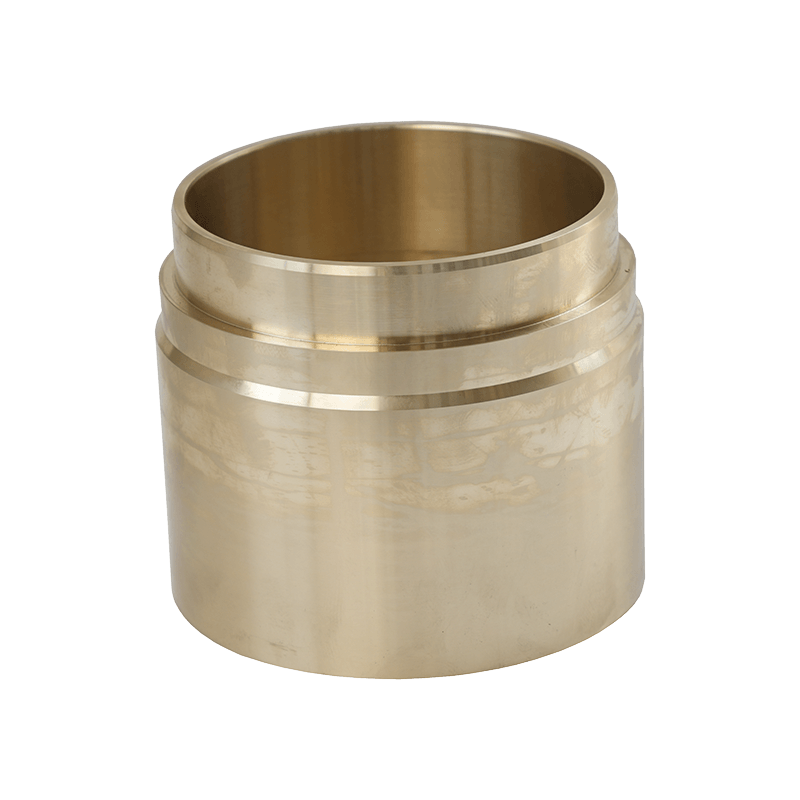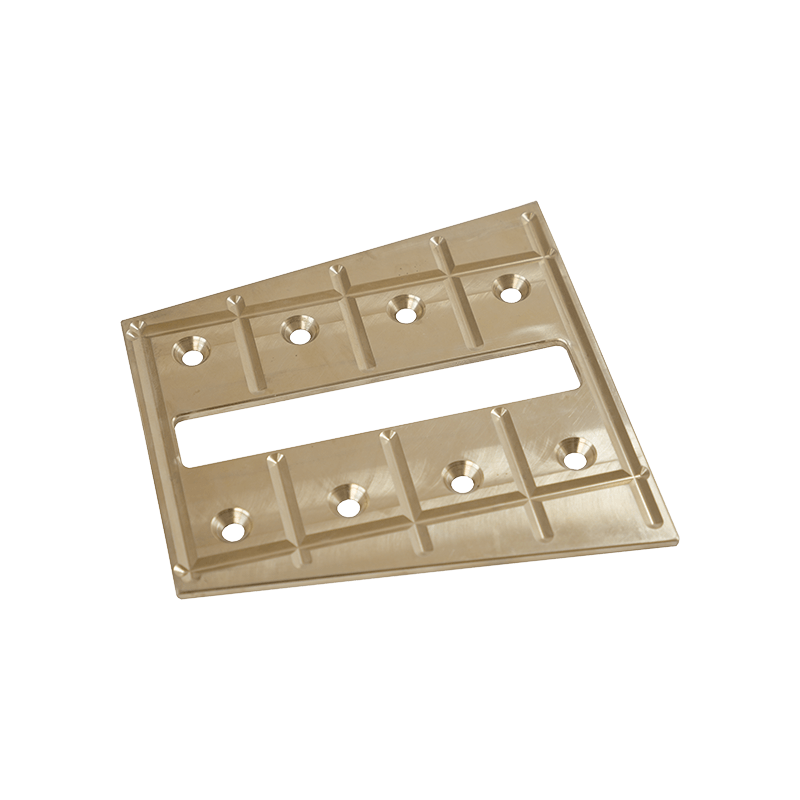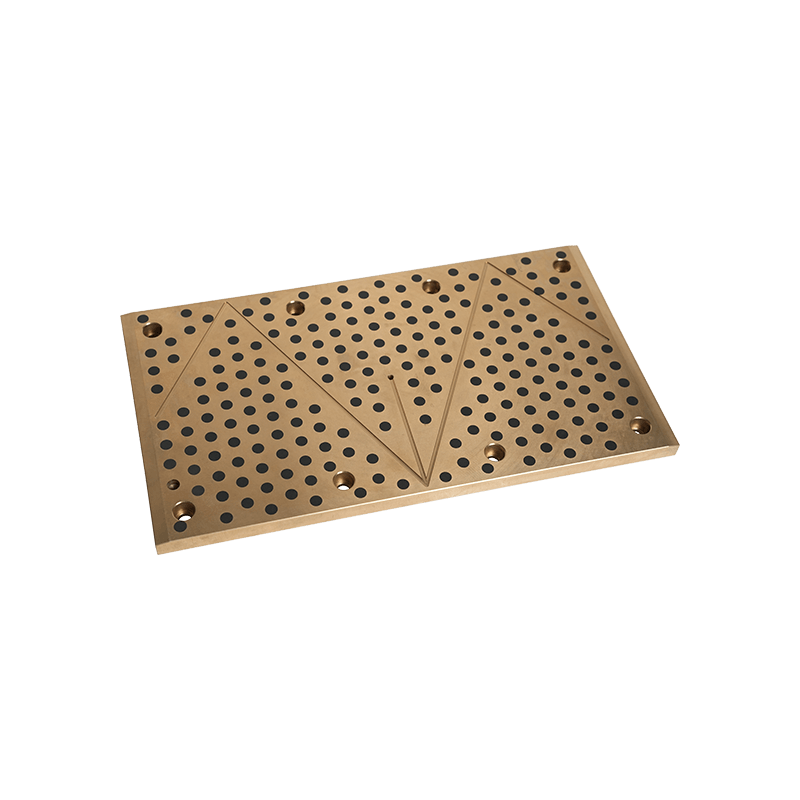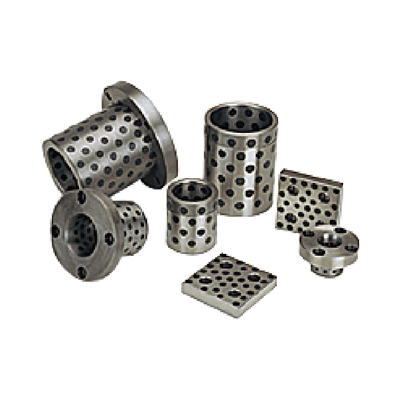The energy efficiency of a system using copper alloy self-lubrication bearings is largely driven by friction reduction, which manifests in several important ways that directly influence the system's overall energy consumption and performance. Here’s how friction reduction plays a key role:
Bearings typically function to reduce friction between moving parts, and copper alloy self-lubricating bearings excel at this due to their inherent properties. The solid lubricants embedded within the copper alloy create a smoother interaction between surfaces, reducing resistance as the bearing moves. With less resistance, the system requires less energy to initiate and maintain motion.
The consistent and uniform lubrication provided by these bearings ensures smoother operation. This uniformity reduces energy losses that often occur when friction spikes due to uneven lubrication in traditional bearings.
In copper alloy self-lubrication bearings, solid lubricants are distributed throughout the bearing material and are continuously supplied to the contact surfaces as needed. This reduces friction by maintaining a stable and constant lubrication layer. Unlike conventional bearings that rely on external lubricants, which may degrade over time or become contaminated, self-lubrication ensures optimal friction reduction over the bearing’s lifespan.With traditional bearings, lubrication can break down over time, causing friction to increase. This would require more energy to overcome. Self-lubricating bearings avoid this issue, keeping friction at consistently low levels throughout their operation.
Friction generates heat, and excessive heat can reduce the efficiency of machinery by causing thermal expansion, material fatigue, and increased wear. In systems using copper alloy self-lubricating bearings, the reduced friction generates less heat, meaning less energy is lost as waste heat. As a result, the system runs cooler and more efficiently, which can also lower the demand on any cooling systems, further enhancing energy efficiency.The lower heat generation also prevents energy losses associated with excess thermal energy in the system, contributing to better energy utilization and efficiency.
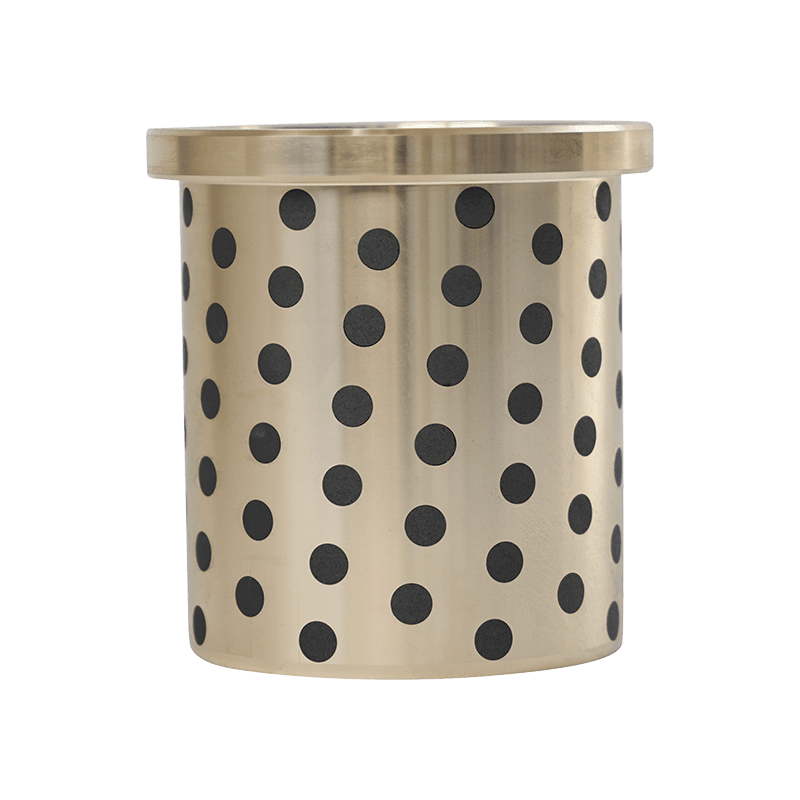
Copper alloy self-lubricating bearings are designed to handle higher loads while maintaining low friction levels. This is significant in high-load applications, where traditional bearings may suffer from increased friction as load increases. By maintaining a low friction coefficient under higher loads, these bearings reduce the energy needed to sustain the load and movement, leading to greater energy efficiency.
The reduced friction also means less wear on the bearing and associated components. In systems with traditional bearings, as wear increases, the contact surfaces can become rougher, causing friction to rise. More energy is then required to overcome the rougher surfaces. With self-lubricating bearings, the constant lubrication and reduced wear lead to longer-lasting smooth surfaces, preventing this rise in friction and maintaining low energy consumption.
Because the copper alloy self-lubrication bearings experience less wear and tear due to friction reduction, they have a longer lifespan. Over time, this means the system maintains its energy efficiency for a longer period without the need for frequent maintenance, replacement, or the energy losses associated with degraded bearings.
Lower friction in the bearings reduces the mechanical load on other components, such as motors or pumps, meaning these parts don't need to work as hard to drive the system. By reducing the load on these components, the overall energy consumption of the system decreases.With friction kept to a minimum, the system can achieve the desired output or performance level while using less energy. This is especially important in systems where efficiency is critical, such as in industrial machinery or energy-intensive applications.
Friction reduction in copper alloy self-lubricating bearings leads to greater energy efficiency by minimizing the energy required to overcome resistance, reducing heat generation, extending bearing life, and improving the performance of related system components. These benefits manifest in smoother, cooler, and more energy-efficient operations across a wide range of applications, leading to both operational cost savings and a lower environmental footprint.

 English
English Deutsch
Deutsch Español
Español русский
русский

 +0086-513-88690066
+0086-513-88690066